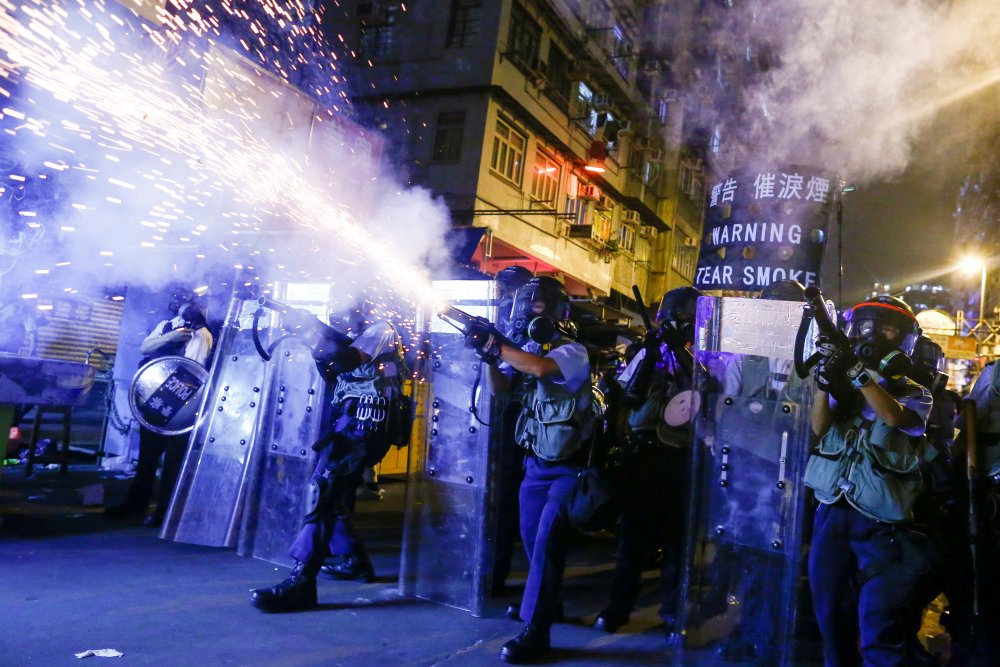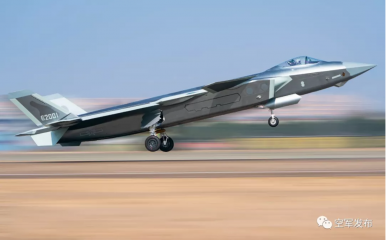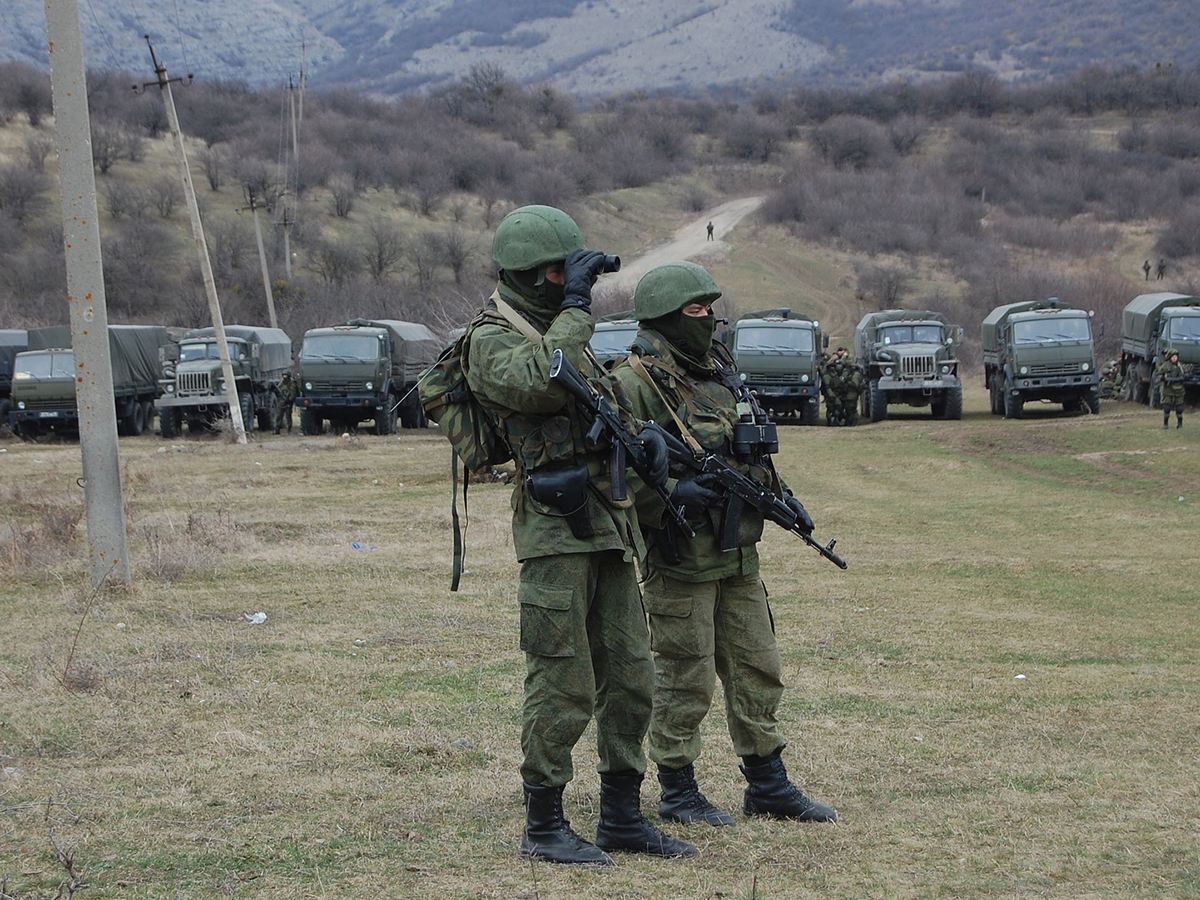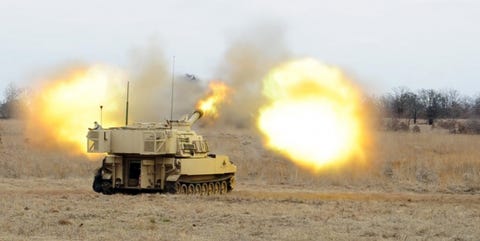BY AARON DAVID MILLER
 The eighth round of U.S.-Taliban negotiations concluded this week without an accord. Still, there’s a real possibility that an agreement will be concluded by September.
The eighth round of U.S.-Taliban negotiations concluded this week without an accord. Still, there’s a real possibility that an agreement will be concluded by September.
It’s far too early to call winners and losers before the details of a framework accord are announced and likely even afterwards, given the uncertainties inherent in any accord. But here are several key politically inconvenient realities that would seem to flow from any U.S.-Taliban agreement.
This isn’t about peace
On August 11, as Afghans were marking the Muslim festival of Eid Al-Adha, U.S. negotiator Zalmay Khalilzad expressed hope that “this is the last Eid where Afghanistan is at war.” I worked with Khalilzad at the State Department, and he’s one smart negotiator.



















